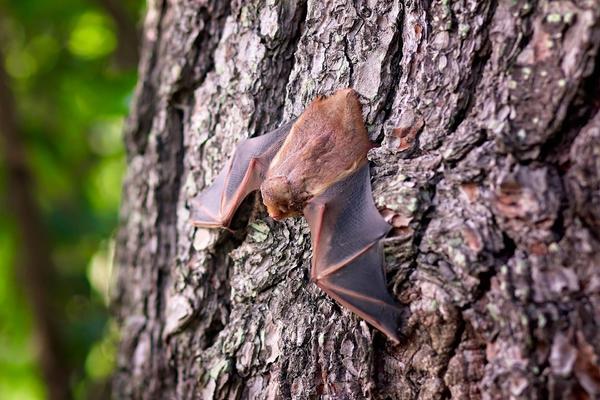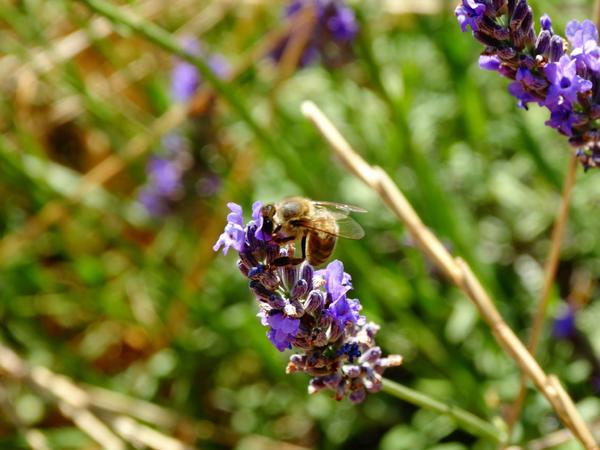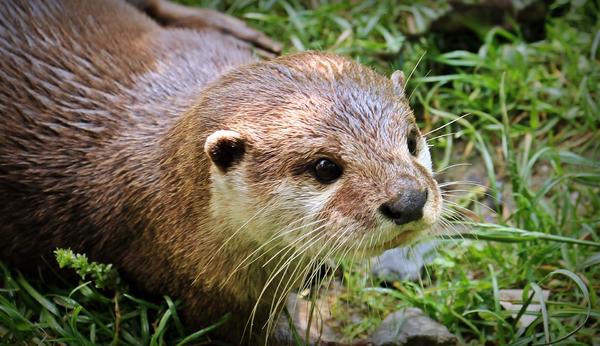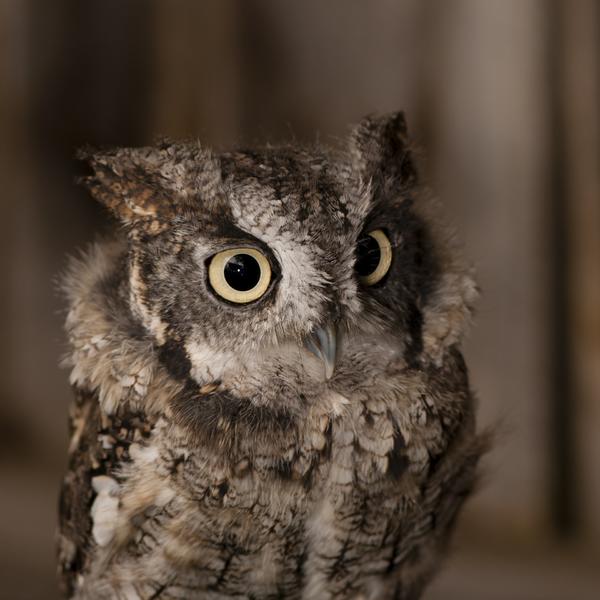Otter
This discreet and little-known animal adapts to its environment, but also benefits from a very wide diet, which gives it an "umbrella" animal status: its direct protection benefits its habitats, its prey and to all his companions.
The European otter is a mammal of the family Mustelidae (weasel, ermine, European mink, marten, badger). Its morphology is particularly well adapted to its semi-aquatic lifestyle: a very elongated body, short legs and webbed fingers for swimming and diving, a long and thick tail that serves as a rudder.
The habitat of the otter in Europe is one of the most diverse: it can live both in mountain areas, at over 2000m altitude, and at the seaside. It exploits any type aquatic environment, provided that it provides shelter and food.
Its territory is vast and extends along the banks (10km for the female, 50kg for the male). The female chooses a natural cavity (hollow tree, shelters under rock ...) and prepares her “catiche” (shelter) far from the eyes to give life to the 2 or 3 babies of her annual litter that she will raise alone.
While at the beginning of the 20th century France had 30,000 to 50,000 individuals, only 1,000 otters are currently recorded. Involved: hunting until the 1970s, disturbances due to the presence of humans reducing areas of tranquility, changes in its habitat - drying, drainage, concreting ... are all attacks on its biotopes - the collisions with vehicles, but also the pollution of waterways in all its forms directly affects the otter. Super predator, it accumulates toxic substances (pesticides, heavy metals, ...) that its prey have absorbed.
Since 1981, the otter has been considered "vulnerable" at the global level and the reinforcement of the European regulations of the zones such as Natura 2000 foresees the protection of the areas in which the species lives. Its presence today is mainly on the Massif Central and the Atlantic coast, and the Ardèche is the only department in Rhône-Alpes region to have a remarkable population.
The otter is a formidable bio-indicator: its presence reveals an excellent balance in the habitat, both in terms of water quality but also the richness of aquatic ecosystems. All conservation measures in its favor benefit these ecosystems. Conversely, actions on watercourses (reduction of pollutants, conservation of the natural state of the banks and the bed of watercourses, biological corridors ...) benefit the species.
By encouraging mechanical and manual practices and promoting the use of organic fertilizers, we participate in the protection of this little known and discreet animal, but whose presence marks the entire territory.
More information about otter : https://www.faune-ardeche.org/
The protection of our environment
Ardèche Par Nature© also means protecting our resources beyond the vineyard.








